Survival Gear
Training With Your Survival Gear: Common Exercises
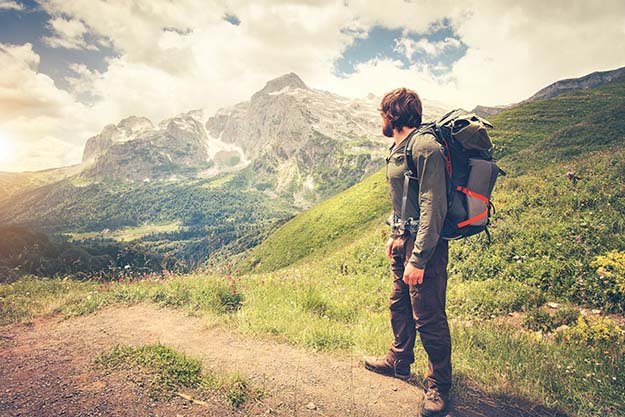
In today’s world, survival gear is everywhere and abundant. Many people purchase bug out bags, SHTF bags, weapons, equipment, chest rigs and plate carriers, but very few actually go out and thoroughly train with them. The type of training that does occasionally occur is during a shooting event where most of their new tactical gear can be worn but not necessarily utilized to discover the gear’s potential or shortcomings. Instead, the gear is worn for a day only being used for basic movements and drills never getting the proper field training every individual needs to take.
The idea behind purchasing any sort of survival gear is to rough it in the woods so that the fullest potential of the gear can either be utilized or traded off for a better piece of equipment that is more ideal for the wearer. This can be done by creating a list of different exercises, drills, and tactics that will test the gear, no matter what it is, to discover if the wearer should part for something better or to adjust and prepare their current gear to their standards.
Plate Carriers, Chest Rigs, and Combat Belts
One of the first most important factors that will need to be properly tested when buying equipment such as plate carriers, chest rigs, and combat belts is maxing out the weight capacity. Many people buy plate carriers and never purchase ballistics plates, therefore they do not know what their body is capable of when it comes to eventually carry excruciating weight. Many individuals do not fully load all the munitions on their chest rigs or combat belts which doesn’t allow them to discover the shortcomings that might occur when they finally do.
The best piece of advice is to purchase all the needed gear and equipment beforehand. For example, purchase ballistics plates so that the body can adjust to the full weight when utilized. For chest rigs and combat belts, load every magazine and test the max weight of the gear while running two-mile drills, five-mile hikes, or getting down from prone position to couch several times over while training to see where the gear snags, catches or doesn’t comply. Some basic exercises also include:
- Small hikes building up to multiple miles
- Urban and outdoor tactical drills
- Crawling, running and even swimming
SHTF / Bug Out Backpacks
Your bug out bag, no matter which kind you have, should be loaded to fit your physique. It is too easy to overload a bug out bag and regrets it once you begin to carry it around. In case a real-world event did occur, that time would be too late to discover that you are not capable of carrying your own supplies for long distances.
Pack and repack your bug out bag with your essential items. Once comfortable, start with small hikes lasting for only one mile slowly building your way up. The idea would be to be able to cover a five-mile journey with your bug out bag and not be prone to extreme sore muscles or fatigue. It is crucial to train with your bug out bag and to keep your body in top physical shape in order to carry your own survival supplies. Other exercises can include:
- Running and jogging with fully loaded BOB
- Pushups and pull-ups
Primary and Secondary Weaponry
All too often, weapons such as primary rifles and secondary sidearms are only taken to the shooting range and not thoroughly trained with. Training with your weapons includes a variety of exercises, but most importantly long distances need to be covered while carrying your weapons of choice. Have you ever traveled two to three miles in rough terrain while shouldering a primary rifle, carrying a secondary sidearm on your hip and a shotgun on your back? Without the proper exercise and physical training, any individual would have a hard time doing this, let alone carrying survival gear simultaneously.
Always carry your weaponry when training with any other survival gear. This is the best way to hone this skill while honing in on others. Include rough terrain such as hills and brush while on hikes training. As well as be sure to continuously involve yourself in tactical training drills in both the urban environment and the outdoors. Much like dedicating yourself and your body to the gym so too must you dedicate your body to survival skills. Include exercise like:
- Climbing steep hills with all weaponry
- Climbing urban environments such as walls and fences
- Swimming
- Long hikes with sprints and running
- Crawling and lying prone for extended periods of time
- Perfecting your stances for long periods of time while crouched
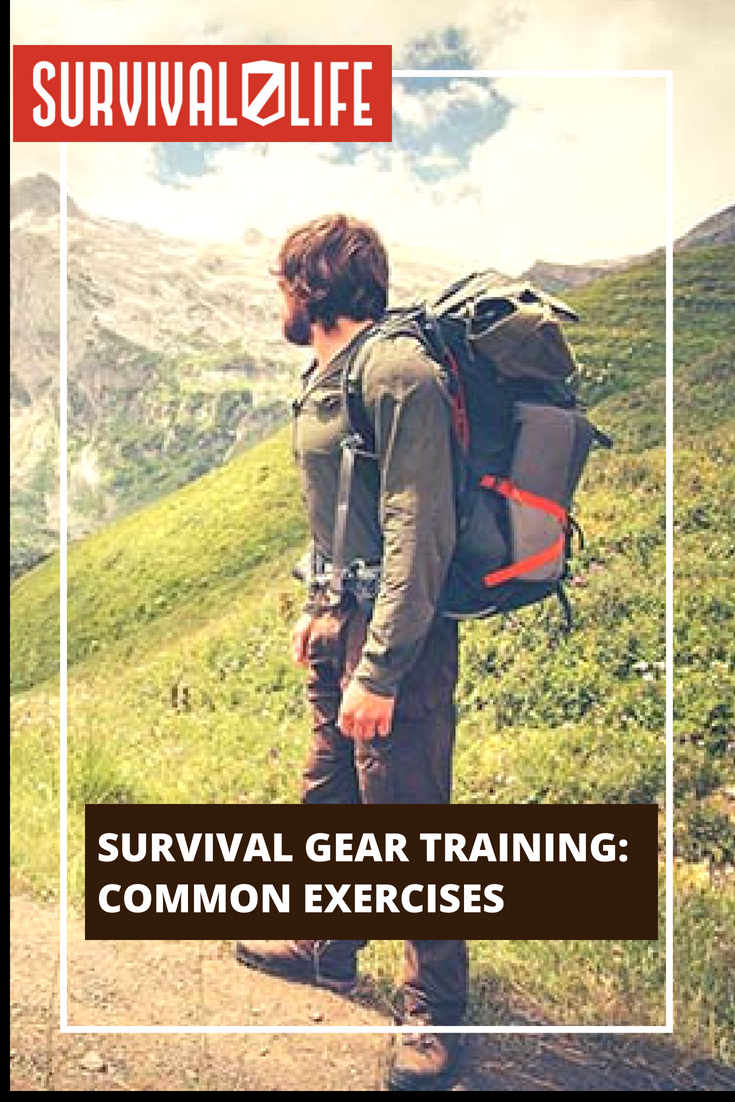
You may think you have all the survival gear you need, but do you really? You’ll never know until you test your bug out bag.
-

 Do It Yourself7 months ago
Do It Yourself7 months agoParacord Projects | 36 Cool Paracord Ideas For Your Paracord Survival Projects
-

 Do It Yourself9 months ago
Do It Yourself9 months agoHow To Make Paracord Survival Bracelets | DIY Survival Prepping
-

 Do It Yourself9 months ago
Do It Yourself9 months ago21 Home Remedies For Toothache Pain Relief
-

 Do It Yourself10 months ago
Do It Yourself10 months agoSurvival DIY: How To Melt Aluminum Cans For Casting
-

 Exports8 months ago
Exports8 months agoAre Switchblades Legal? Knife Laws By State

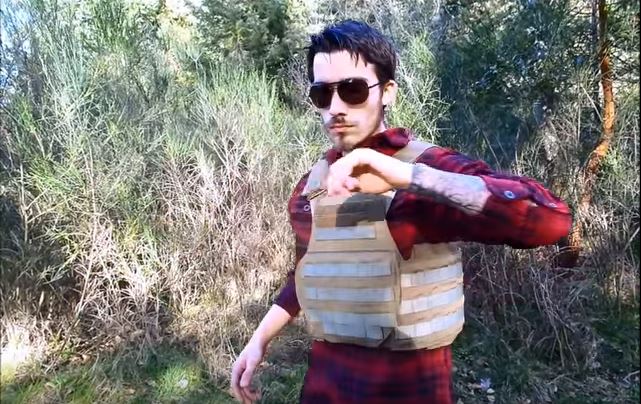
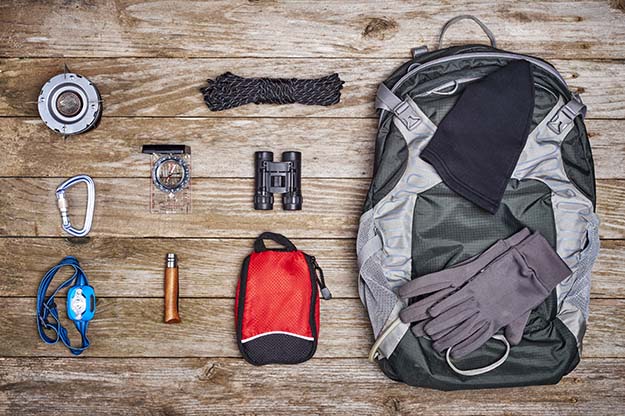
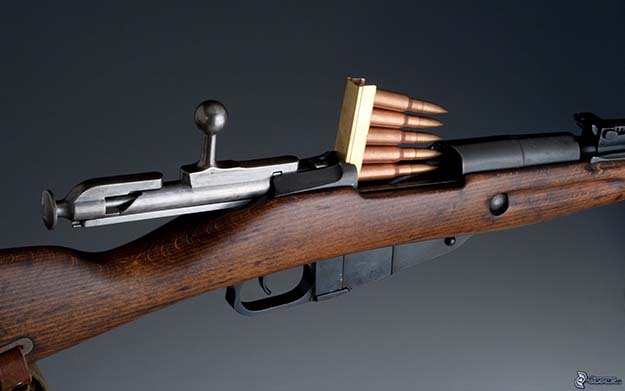

Pingback: Common Superstitions You Should Ignore | Survival Life
Stephen
June 9, 2018 at 11:57 AM
While I agree, training with full loadout is best, I think you will find it difficult to be able to do so in an urban or suburban location without the local PD interrupting your training session.
David
September 3, 2018 at 8:05 AM
Finally an accurate article. Having access to a large farm I take the opportunity to actually wear equipment all day. While it is only walking the fence line, try doing this in summer with all your gear in a tactical manner. Utterly exhausting. Refill your water, lie in the tall grass, eat. Keep a 360 degree vigil all day. Walk home in the dark. No one has gone twice with me.
Pingback: Paracord Bracelets | 10 Ways on How to Use Them to Save Your Life
Pingback: Top 10 Reasons To Never Leave Home Without A Paracord Bracelet | Primitive technology
Pingback: Top 10 Reasons To Never Leave Home Without A Paracord Bracelet - Survive!
Pingback: Top 10 Reasons To Never Leave Home Without A Paracord Bracelet – Ultimate Survival Alerts
Pingback: How To Prevent An Assassination | Best Go Bag